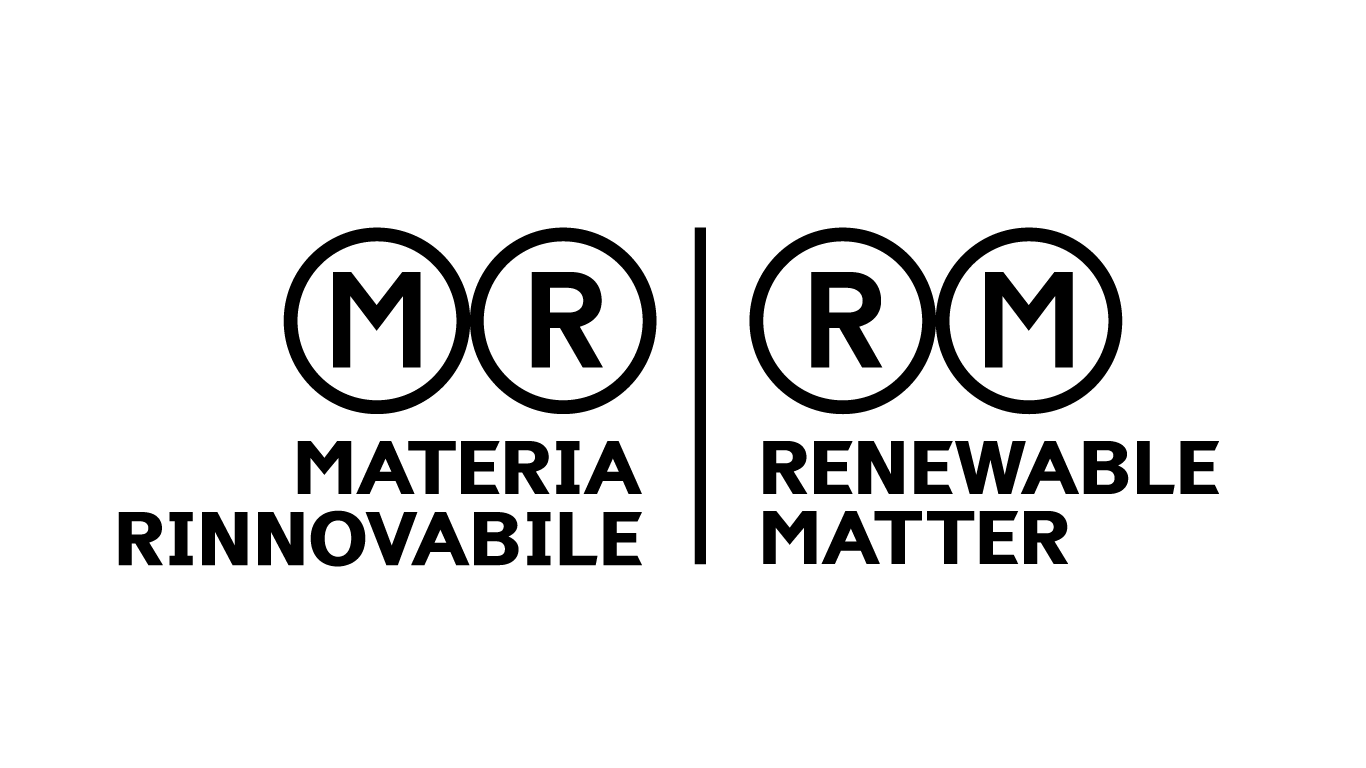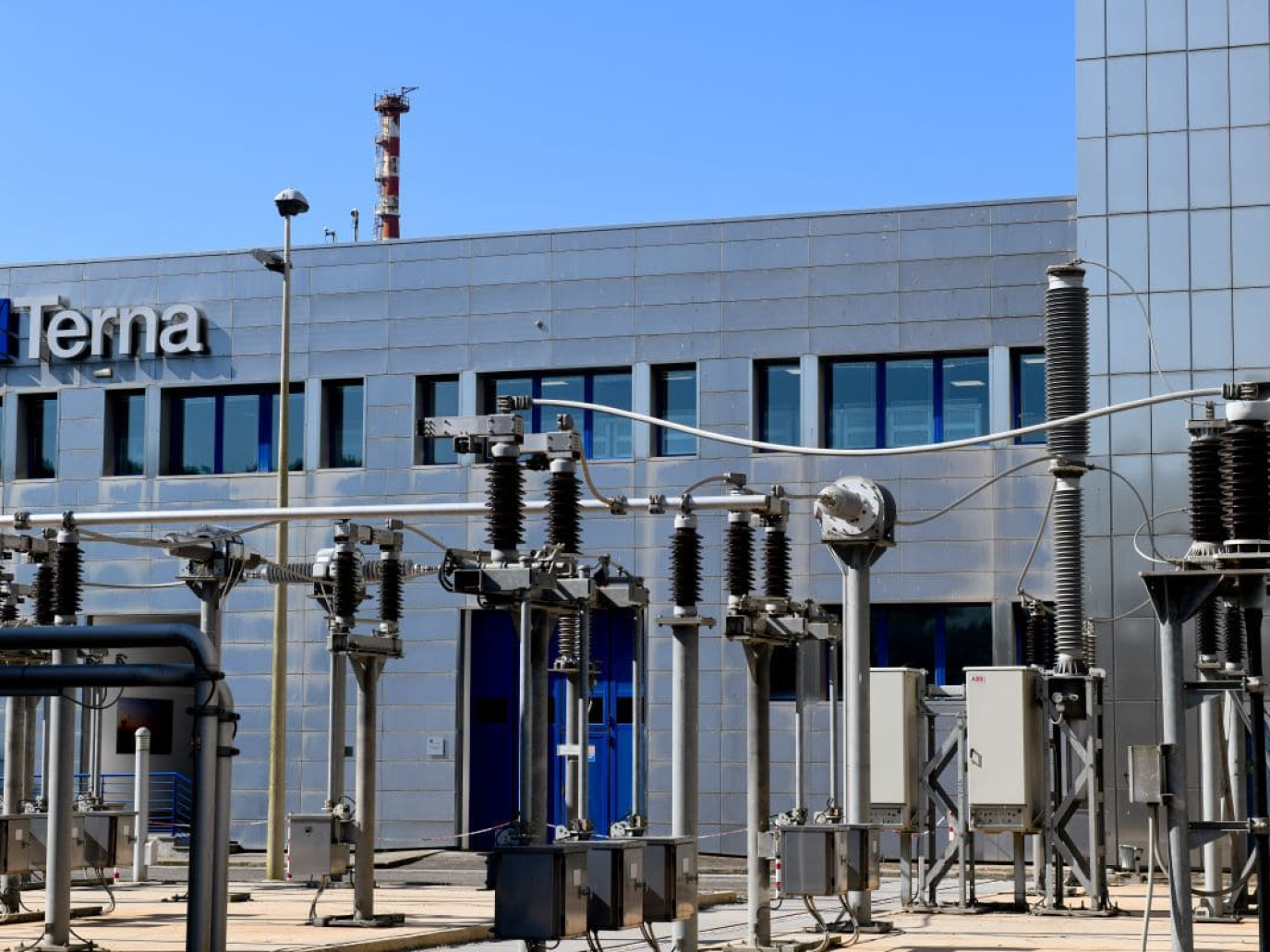This article is also available in Italian / Questo articolo è disponibile anche in italiano
In the first half of 2025, Terna, Italy’s national electricity transmission grid operator, delivered robust financial results alongside unprecedented investment volumes, underscoring its central role in the country’s energy transition and infrastructure modernisation. The Board of Directors, chaired by Igor De Biasio, approved the results presented by CEO and General Manager Giuseppina Di Foggia, highlighting a record €1.319 billion in capital expenditure, up 26.6% compared to the same period in 2024.
Revenue for the six months to 30 June 2025 reached €1,894.2 million, marking an 8.0% year-on-year increase, driven primarily by higher revenue from regulated activities. Tariff updates on transmission and dispatching fees contributed significantly to this growth, partially offset by a reduction in output-based incentives. Non-regulated activities also strengthened, with increased contributions from the Tamini Group and the Brugg Cables Group.
EBITDA rose to €1,359.8 million, up 8.2% from €1,257.2 million in the first half of 2024. EBIT reached €913.0 million, an increase of 9.2%, after accounting for amortisation, depreciation, and impairment losses totalling €446.8 million. Group net profit climbed to €587.7 million, up 7.9% from €544.8 million in the previous year. Net debt stood at €11,969.8 million at the end of June, compared to €11,160.4 million at the end of 2024, reflecting the acceleration of the investment programme.
The second quarter alone saw capital expenditure rise by 35.3% year-on-year to €757.2 million, with revenue up 10.7% to €992.4 million. This quarterly momentum demonstrates Terna’s capacity to scale project execution while maintaining strong financial discipline.
Strategic Investments in Energy Security and Transition
Capital expenditure during the period was directed towards critical projects aimed at enhancing grid security, enabling renewable integration, and improving interconnections. Flagship initiatives include the Tyrrhenian Link, a 1,000 MW submarine connection between Campania, Sicily, and Sardinia. On the East Section, linking Campania and Sicily, the first submarine cable—490 km in total—was completed in May 2025.
Progress was also made on the Sa.Co.I.3 interconnection between Tuscany, Corsica, and Sardinia; the Adriatic Link between Abruzzo and Marche, where construction of the Marche converter substation began in July; and grid reinforcement works to support the “Milan-Cortina 2026” Olympic and Paralympic Games. Additional works included the Bolano-Annunziata line between Calabria and Sicily, the Chiaramonte Gulfi-Ciminna line in Sicily, the Colunga-Calenzano link between Emilia-Romagna and Tuscany, and the Cassano-Chiari connection in Lombardy. Investments in synchronous compensators, reactors, and stabilising resistors to improve grid stability totalled €69.8 million in the first half.
International expansion also advanced, with a memorandum of understanding signed with Greece’s IPTO for a new 1,000 MW, 300 km interconnection, including 240 km of submarine cable, with a joint estimated investment of €1.9 billion. This project will complement the existing 500 MW Italy–Greece link, operational since 2002.
In digitalisation, Terna deepened its collaboration with Microsoft, formalised in June, to integrate artificial intelligence, advanced data platforms, and hybrid digital infrastructures. Initiatives include AI-assisted infrastructure maintenance, automated fault detection, and procurement process optimisation. The partnership also supports the Terna Innovation Zone Tunisia, fostering technology transfer and training in the North African energy sector.
Strong Position in Sustainable Finance and ESG
Terna’s financial strategy is closely aligned with sustainability objectives. In April, Standard & Poor’s upgraded the company’s long-term rating to ‘A-’, one notch above the Italian sovereign, with a stable outlook. Moody’s confirmed its Baa2 rating in June, also one notch above Italy’s rating, and revised the outlook to positive.
The company actively pursued green finance, updating its €12 billion Euro Medium Term Note (EMTN) programme and launching a new €4 billion EMTN programme on Italy’s MOT market. In June, senior green bonds totalling €3 billion were issued, along with €1.85 billion in perpetual subordinated green bonds. In July, Terna placed its first single-tranche European Green Bond under the new EMTN programme, with a €750 million nominal value, a 3% coupon, and demand almost five times the offer.
Financing agreements worth €1.5 billion were signed in July with the European Investment Bank, Intesa Sanpaolo, and SACE to fund the Adriatic Link project. The financing structure includes a €750 million EIB loan with a 22-year maturity, a €500 million Intesa Sanpaolo credit facility, and a €250 million loan funded by the EIB, with over €1 billion of the total covered by SACE’s Archimede Guarantees.
ESG performance remained strong, with Terna retaining its inclusion in indices such as Stoxx Global ESG Leaders, MIB ESG, FTSE4Good, and Euronext Sustainable. In June, the company ranked in the top 10 of the ESG Identity Corporate Index 2025 and was again listed among the World’s Most Sustainable Companies by TIME magazine.
Outlook: Scaling Infrastructure for Fit-for-55 Goals
For 2025, Terna forecasts revenue of €4.03 billion, EBITDA of €2.70 billion, and a net profit of €1.08 billion, with planned investments of approximately €3.4 billion. The strategy is aligned with the European Union’s Fit-for-55 package and Italy’s 2024 Integrated National Energy and Climate Plan (NECP), focusing on renewable integration, interconnections, grid resilience, and digitalisation.
The Tyrrhenian Link’s East Section is scheduled for further progress, while the Sa.Co.I.3 will advance with submarine cable landings and converter substation design. For the Adriatic Link, civil works for underground cables in Abruzzo will commence, alongside continued development in Marche. Grid upgrades to support the 2026 Winter Games are expected to bring into service the Livigno-Premadio, Laion-Corvara, and Moena-Campitello links, all designed to improve supply reliability while minimising environmental impact.
Non-regulated activities will see further consolidation following the reorganisation of Terna Energy Solutions subsidiaries. Altenia S.r.l., now controlling the Energy Services business, will operate alongside the Tamini Group and Brugg Cables to deliver high value-added technological, digital, and energy solutions. Internationally, Terna will continue to optimise its portfolio, with a focus on the Balkans and Mediterranean, while exploring private and institutional interconnection opportunities.
Operational efficiency will be enhanced through Industrial IoT deployment, mobile network upgrades, advanced monitoring systems, and predictive algorithms for maintenance and resilience. Management remains committed to a sustainable approach, prioritising environmental impact reduction, stakeholder engagement, and transparency.
By combining record-breaking investments, strong financial performance, and a clear strategic vision, Terna is reinforcing its leadership in Europe’s energy transition. Its integrated approach—linking infrastructure development, digital innovation, and sustainable finance—positions the company as a cornerstone in building a secure, decarbonised, and interconnected electricity system.
This content is produced thanks to the support of sponsors
Cover: Terna



